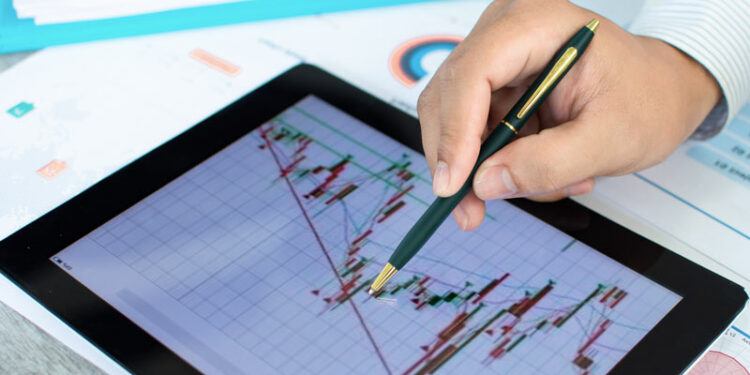Remember the iconic scenes in films like “The Wolf of Wall Street” depicting frenzied traders barking orders into phones on bustling trading floors?
Those days are largely gone, replaced by a virtual landscape where algorithms hum in the background and retail investors access the foreign exchange market from their smartphones.
Technology has undeniably revolutionised forex trading, making it faster, more accessible, and potentially more complex. Let’s delve into the key innovations shaping this ever-evolving market.
The growth of online trading
Gone are the days of needing a hefty bank account and connections to access the forex market. The rise of online trading platforms has democratised forex, opening doors to retail investors.
Popular platforms like Tradu offer user-friendly interfaces, educational resources, and diverse account types catering to varying experience levels.
This move reflects the growing demand for accessible forex trading options within traditional banking spheres.
Access to information
Information was once an exclusive tool of institutional players, giving them a significant edge. Today, technology has levelled the playing field.
Real-time data feeds, advanced charting tools, and economic news aggregators are readily available at your fingertips.
There is no shortage of websites and social media experts out there to offer in-depth analysis, educational articles, and even live webinars conducted by experienced traders. All of this information comes with a caveat, however. Smart traders must now be able to find the most credible sources and develop critical thinking skills to avoid information overload and potential biases.
Algorithmic trading
Forget the image of lone traders glued to screens. Algorithmic trading, also known as “algo trading”, has entered the scene. These automated systems use complex algorithms to analyse market data, identify trading opportunities, and execute trades at lightning speed.
While primarily utilised by institutional investors, retail platforms are increasingly offering access to pre-built algorithms or even “algo builders” for more advanced users.
However, this trend raises concerns about transparency and potential risks, highlighting the importance of understanding the underlying logic and limitations of these automated systems before diving in.
Trading on the go
Remember rushing home to catch the market close? Not anymore. Mobile trading apps have put the forex market in your pocket.
Platforms like MetaTrader 4 and TradingView allow you to monitor positions, analyse charts, and even execute trades from your smartphone or tablet, 24/7.
The future of forex technology
The pace of innovation in forex technology is relentless. Blockchain technology and artificial intelligence are already making waves, promising even greater efficiency, transparency, and potentially personalised trading experiences.
However, with increasing complexity comes the need for responsible regulations and investor education to ensure a level playing field and mitigate potential risks.
How will you leverage the rise of technology in the forex market?




